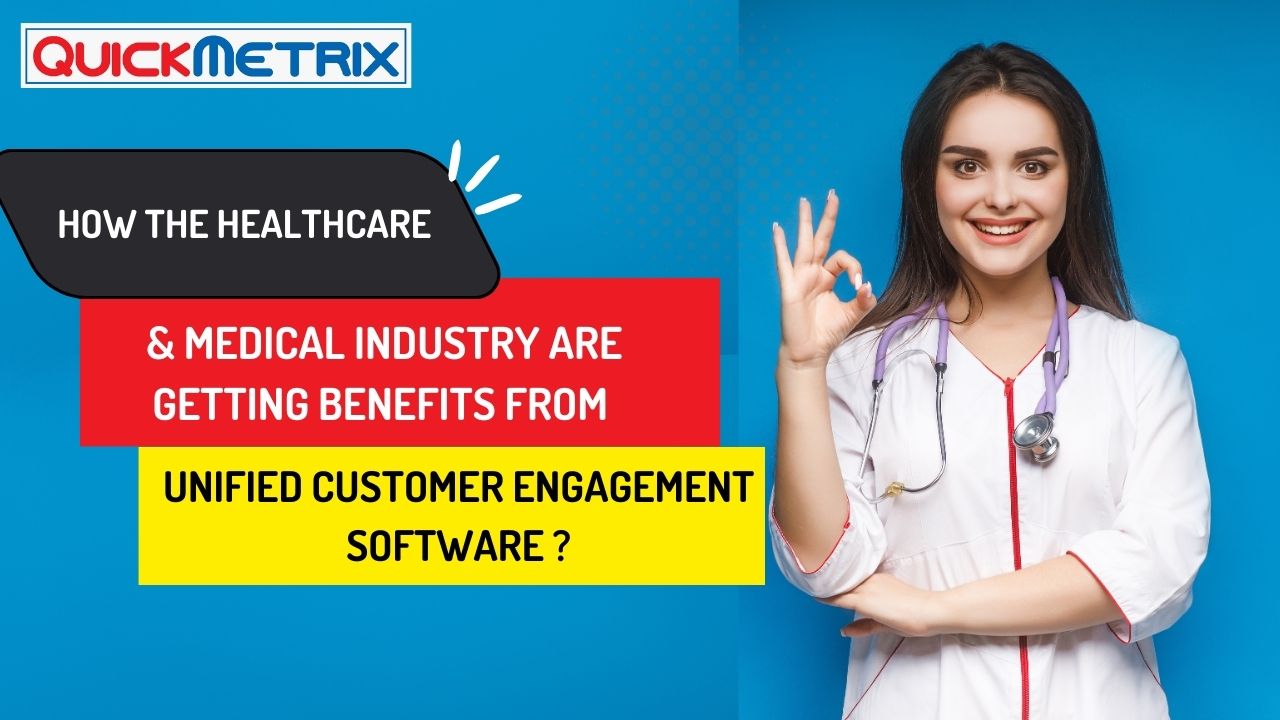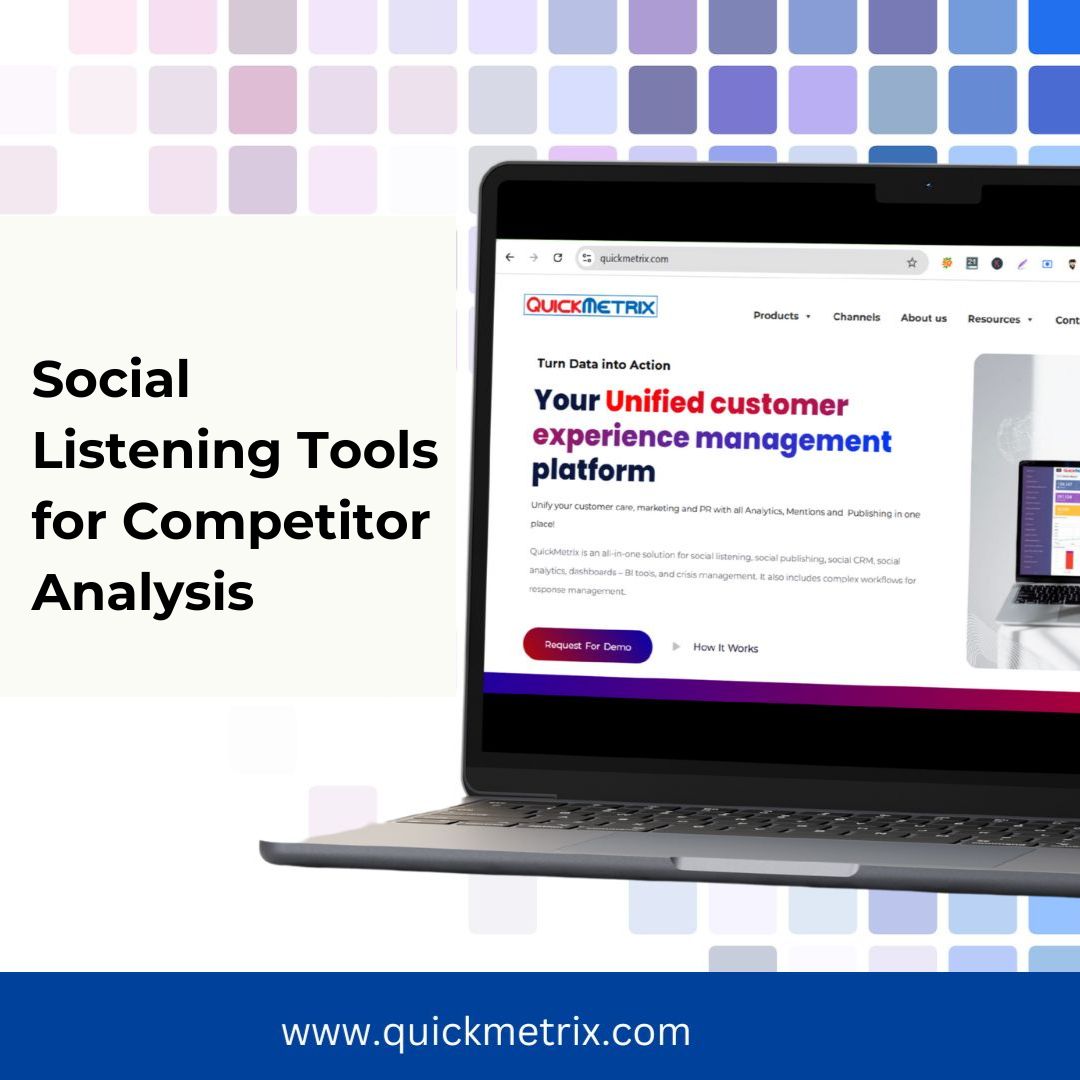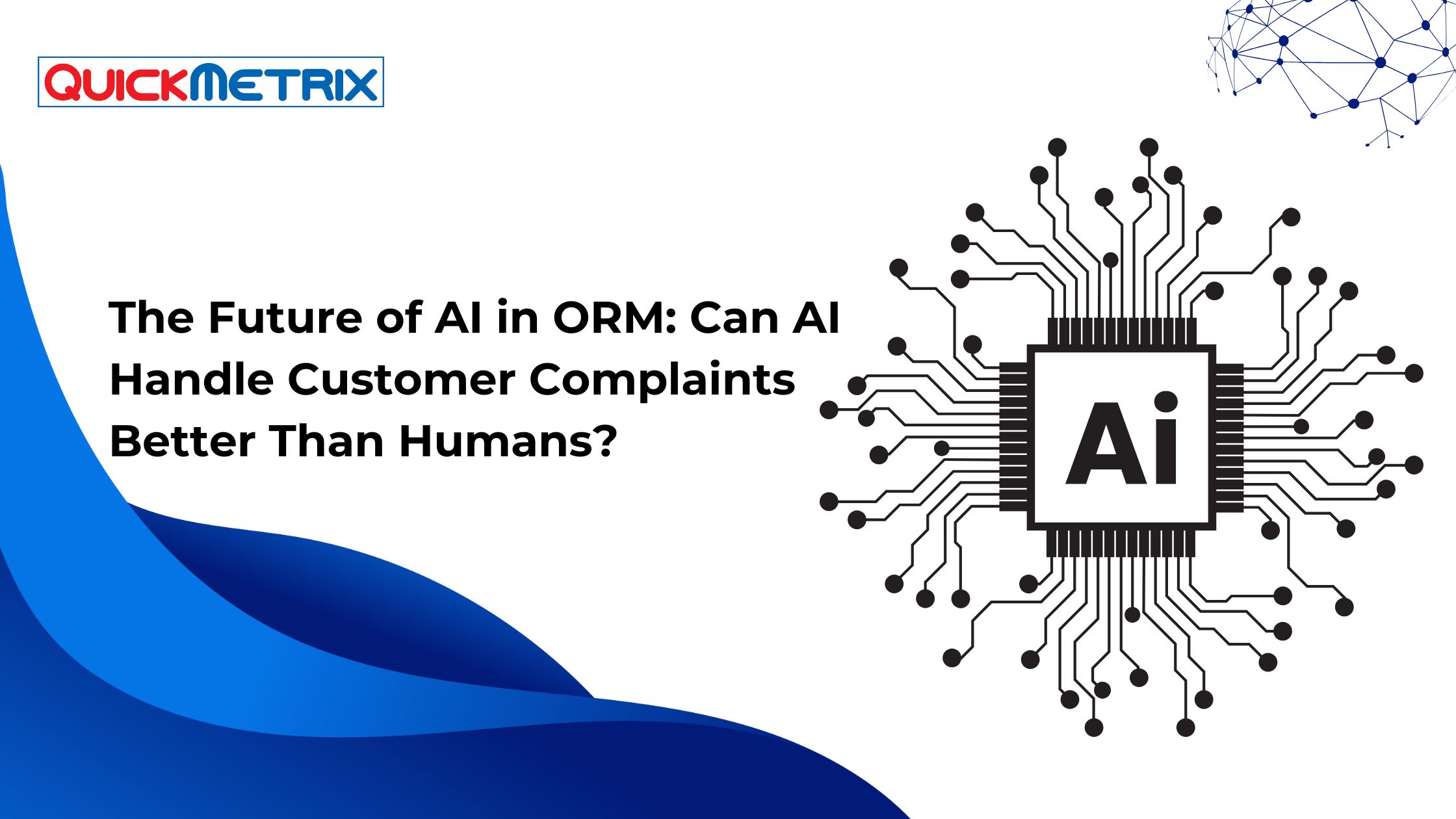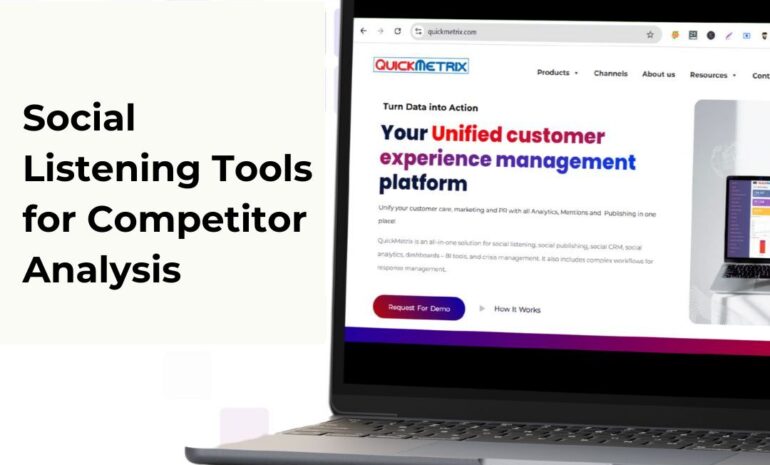The healthcare and medical industry is experiencing significant benefits from unified customer engagement software in various ways:
1. Enhanced Patient Experience: Unified customer engagement software allows healthcare providers to offer a more seamless and personalized experience to patients. Patients can schedule appointments, access medical records, and receive real-time updates through a single platform, improving overall satisfaction.
2. Improved Communication: Healthcare providers can communicate with patients more effectively and efficiently. Automated appointment reminders, lab result notifications, and prescription refill alerts help keep patients informed and engaged in their care.
3. Streamlined Administrative Processes: Unified software simplifies administrative tasks, such as patient registration and billing. This reduces paperwork, minimizes errors, and speeds up the registration process, resulting in less wait time for patients.
4. Care Coordination: Healthcare teams can collaborate more effectively across departments and facilities. Unified software enables secure data sharing and access to patient records, ensuring that all care providers have the most up-to-date information.
5. Telehealth Integration: The COVID-19 pandemic accelerated the adoption of telehealth services. Unified customer engagement software can seamlessly integrate telehealth capabilities, allowing patients to consult with healthcare professionals remotely.
6. Data Analytics for Better Outcomes: Healthcare providers can use data analytics to gain insights into patient trends and behaviors. This information can lead to more proactive care management and improved patient outcomes.
7. Patient Engagement and Education: Unified software can include patient education resources and engagement tools. Patients can access educational materials and monitor their health conditions, leading to better self-care and adherence to treatment plans.
8. Compliance and Security: Compliance with healthcare regulations is crucial. Unified software can help ensure that patient data is securely stored and transmitted in accordance with HIPAA and other industry-specific regulations.
9. Appointment Scheduling and Reminders: Patients can easily schedule appointments online and receive automated reminders. This reduces no-show rates, optimizes clinic schedules, and improves access to care.
10. Feedback and Surveys: Providers can collect patient feedback through the software, allowing them to make improvements based on patient preferences and experiences.
11. Cost Efficiency: Unified software can reduce administrative costs by automating tasks and reducing paperwork. It also helps prevent costly errors related to patient information and billing.
12. Enhanced Marketing and Outreach: Healthcare organizations can use the software to send targeted health information, promotions, and appointment reminders, keeping patients engaged and informed.
13. Remote Monitoring: For patients with chronic conditions, remote monitoring devices can be integrated with the software. This allows healthcare providers to track patient data in real-time and intervene when necessary.
here are some additional points to further highlight the benefits of unified customer engagement software in the healthcare and medical industry:
14. Accessibility and Inclusivity: Unified software can be designed with accessibility features to accommodate patients with disabilities. This ensures that healthcare services are inclusive and accessible to all individuals.
15. Population Health Management: Healthcare organizations can use the data collected through the software to identify trends and health risks within specific patient populations. This information enables proactive interventions and targeted health promotion campaigns.
16. Efficient Resource Allocation: By analyzing patient data and appointment scheduling trends, healthcare facilities can optimize resource allocation. This includes staffing levels, room utilization, and equipment availability, ultimately improving resource efficiency.
17. Reduced Administrative Burden: Administrative staff can focus on higher-value tasks when routine administrative processes are automated. This can lead to improved job satisfaction and allow staff to provide better support to patients and clinical teams.
18. Comprehensive Patient Records: Unified software centralizes patient records, making it easier for healthcare providers to access and update patient information. This comprehensive view of a patient’s medical history supports more informed decision-making.
19. Rapid Response to Emergencies: During emergencies or public health crises, unified software can facilitate rapid communication with patients. Providers can share critical information, safety guidelines, and vaccination updates efficiently.
20. Healthcare Analytics: The software can provide valuable insights into healthcare utilization, patient outcomes, and areas where process improvements are needed. These analytics help healthcare organizations make data-driven decisions to enhance care delivery.
21. Patient Portals: Many unified customer engagement platforms include patient portals where individuals can access their medical records, lab results, and billing information securely. This empowers patients to take an active role in managing their health.
22. Medication Management: Patients can receive medication reminders and instructions through the software, which can improve medication adherence and reduce medication-related errors.
23. Scalability: Unified software solutions can scale to meet the needs of healthcare organizations of all sizes, from small clinics to large hospital networks.
24. Integration with IoT Devices: As the Internet of Things (IoT) continues to grow in healthcare, unified software can integrate with IoT devices such as wearable fitness trackers and remote monitoring equipment, allowing for real-time data collection.
25. Patient Satisfaction and Loyalty: When patients have positive experiences with healthcare providers facilitated by unified software, they are more likely to remain loyal and recommend the organization to others, contributing to long-term success.
In summary, unified customer engagement software is transforming the healthcare and medical industry by improving patient experiences, streamlining operations, enhancing communication, and enabling more proactive and data-driven care. As the industry continues to evolve, the adoption of such software will likely play a crucial role in delivering better healthcare services to patients. unified customer engagement software is revolutionizing the healthcare and medical industry by enhancing patient care, improving operational efficiency, and providing valuable insights for better decision-making. As technology continues to advance, the benefits of these solutions are expected to further transform the way healthcare is delivered and experienced by patients.
Related Post
Social Listening for Financial Services: How Banks & FinTechs Stay Ahead
Introduction to Social Listening in Financial Services Definition ...
Read MoreThe Journey of QuickMetrix: Insights from Surendra Baliga on Building a Successful SaaS Business
The entrepreneurial journey is often filled with challenges, learning ...
Read MoreMastering the Market: How to Use Social Listening Tools for Real-Time Competitor Analysis
1. Introduction to Social Listening Tools1.1 What is Social ...
Read MoreHow to Get the Most Out of Social Listening Tools and Why Businesses Invest in Them
How to Get the Most Out of Social Listening ...
Read MoreListening to the Noise: How to Monitor Conversations That Matter to Your Brand
Understanding the Importance of Monitoring Brand Conversations 1.1 The Role ...
Read MoreThe Future of AI in ORM: Can AI Handle Customer Complaints Better Than Humans?
I. Introduction to Online Response Management (ORM)/ Online reputation ...
Read MoreYour Unified Customer Engagement Manager
Online reponse Management. AI Chatbot. Social Listening & Analytics. Social Media Publishing. Command Centre. Crisis Management. Complete Omnichannel Solution. Social CRM. All in one









